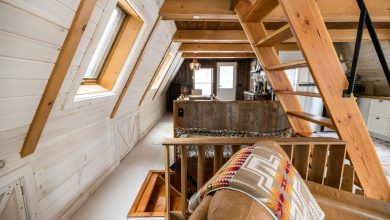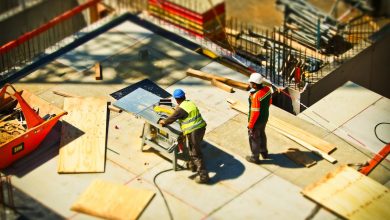What are AAC blocks for?
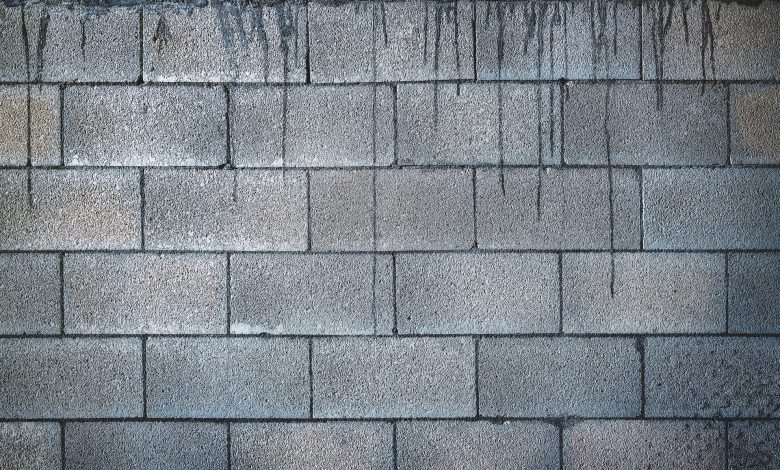
AC blocks are concrete that has many cells inside its structure.
Due to the fine porosity, the material made on the AAC block making machine has received many good qualities.
AAC is becoming more popular, because thanks to its precise shapes and light weight, it is convenient to work with it and it is easy to calculate the required amount of material.
The concept
Autoclave aerated concrete is a concrete material for the construction of walls, obtained by holding it in AAC block autoclaves at a temperature of 191 degrees and under pressure of 12 atmospheres. All this is necessary in order to give the aerated concrete hardness, speeding up the solidification process.
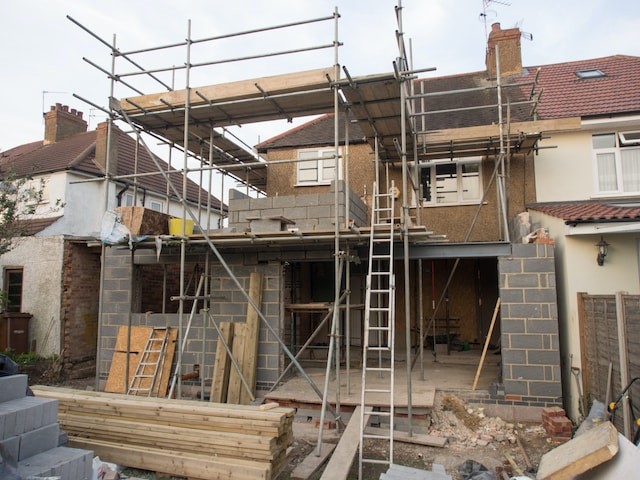
Such AC is suitable for the construction of walls, and its insulating properties are its main advantage. Due to the fact that the autoclave material has perfectly smooth edges and precise dimensions, the walls of houses “grow” quite quickly.
For what purposes suitable?
AAC blocks are quite often used for the construction of buildings in areas where there are large differences of temperature.
Advantages of using AAC:
- The high thermal efficiency of the material allows you to save on heating buildings in winter, as it perfectly retains heat.
- Light sections of large size speed up the construction time.
- Due to the harmlessness of the material, due to less waste and greenhouse gas emissions into the atmosphere, it does not pollute the environment.
- Due to its structure, it prevents the appearance of condensation inside the room.
- Non-toxic and unattractive to rodents and other pests.
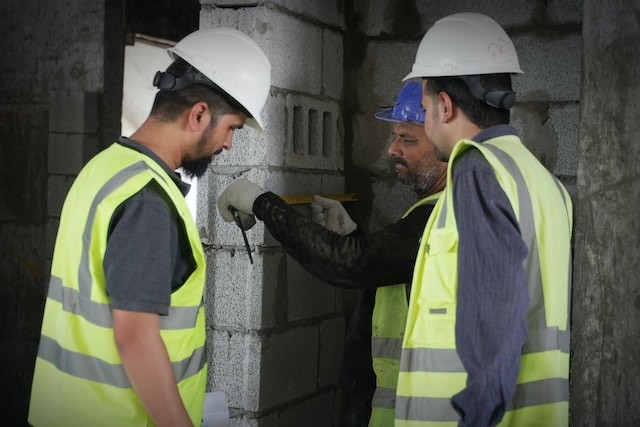
Disadvantages of using AAC:
- The material requires care when working, it should not be thrown, as it can split.
- Exterior finishing of buildings with plaster, brick, siding or any other material is mandatory.
The products manufactured at industrial enterprises are of high quality, therefore, their scope of application is wider than that of similar non-autoclaved aerated concrete.



